The clinical signs of Feline Idiopathic Cystitis include dysuria (difficulty or pain during urination), pollakiuria...
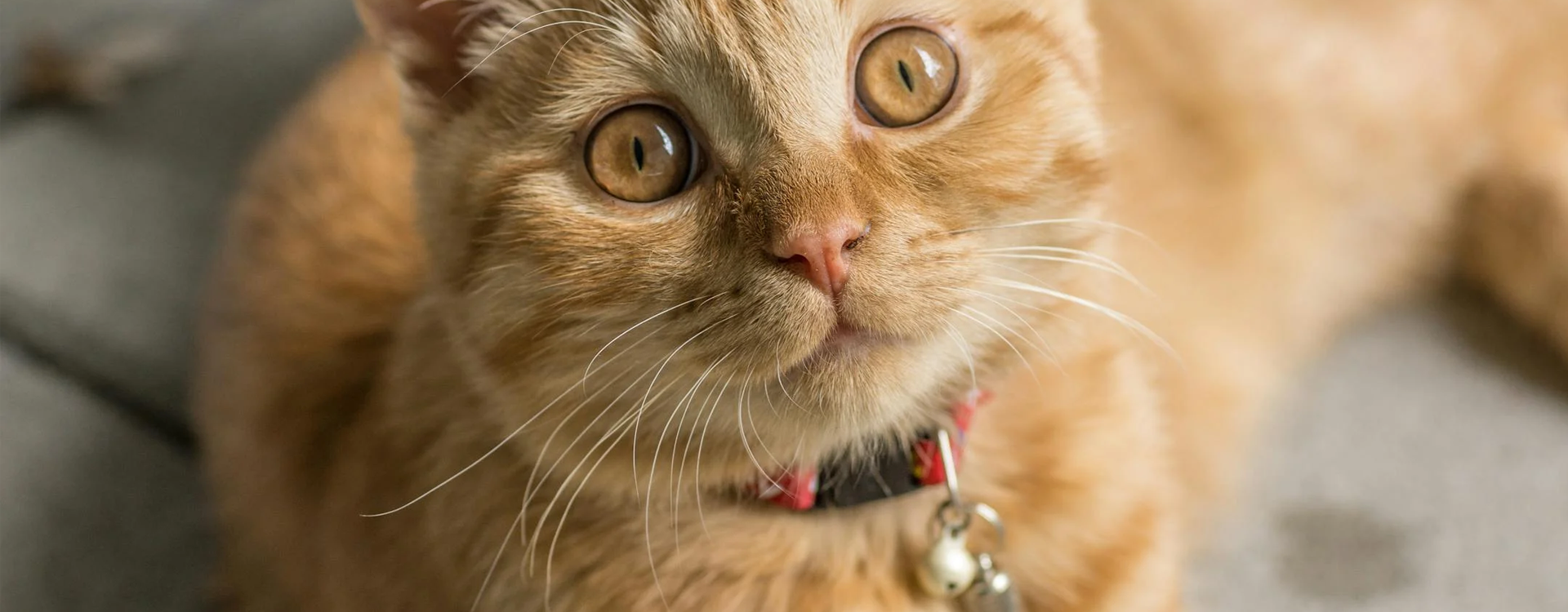
Is it advisable to rattle my cat?
The use of rattles in cats is a subject of debate, but if we think of the welfare of the cat there is no discussion possible.
The constant sound of the rattle is annoying and stressful for cats for a number of reasons, as it interferes with:
Communication. Their way of relating to their environment is altered due to the stress and discomfort caused by the rattlesnake, causing their way of interacting with other individuals to be altered, which can cause communication problems and misunderstandings, and this can lead to isolation, aggression and problems in having a full life.
Interaction. Stealth and silence are the basis of a cat's hunting and movement, if as soon as they move a sound is produced their interaction with their environment is no longer natural and this causes them unnecessary stress.
Use of a collar. A collar must be worn to fit a rattle, which is strongly discouraged because of the risks involved. A cat can get used to wearing a collar, but it is dangerous if the cat has access to the outside and even inside the house, as the collar can get caught and put the cat's life in danger.
Hearing. There is a possibility that the continued use of rattles may cause hearing loss, although this has not yet been proven. What is certain is that the sound of the rattle interferes with the cat's ability to receive information from its environment, which is another source of stress, as although they are hunting animals they must also defend themselves in the environment and not being able to hear clearly makes them feel defenceless.
The use of rattles is an unnecessary risk to the health and well-being of our cats.
We strongly advise against this. If a collar is used, it is important to use a collar that has a safety opening system that opens when pulled with force.
The cases where some people recommend the use of rattles are:
Risk to native wildlife, by rattling a cat's bell its potential prey may flee when it senses your presence. To avoid this we can keep the cat indoors with sufficient environmental enrichment so that it does not need to go outside. Or if you let the cat out occasionally and under supervision, use reflective collars that visually warn potential prey without disturbing the cat, provided the cat is adapted to wearing a collar and its use is safe and supervised.
Location. Some people use bells to locate the cat, but this system is too rudimentary to be effective, but if this is the case, there are GPS systems that are much more functional and accurate and less annoying for the animal.
In summary, the decision not to use rattles on cats is based on protecting their natural behaviour, preventing stress and anxiety, and avoiding the risk of them getting hooked.


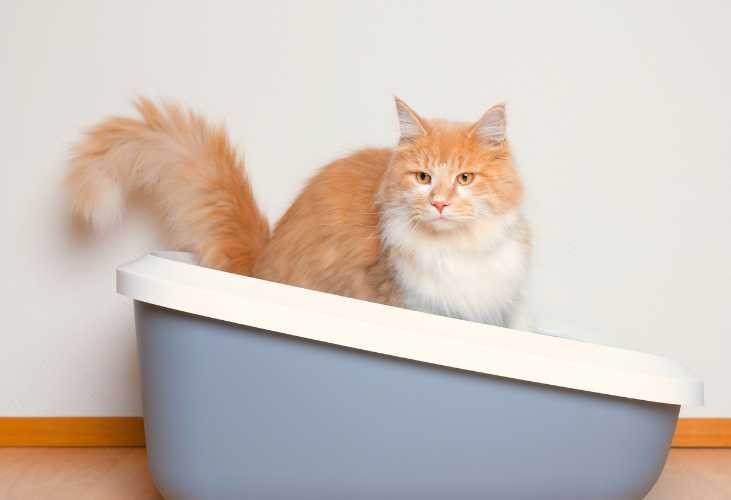




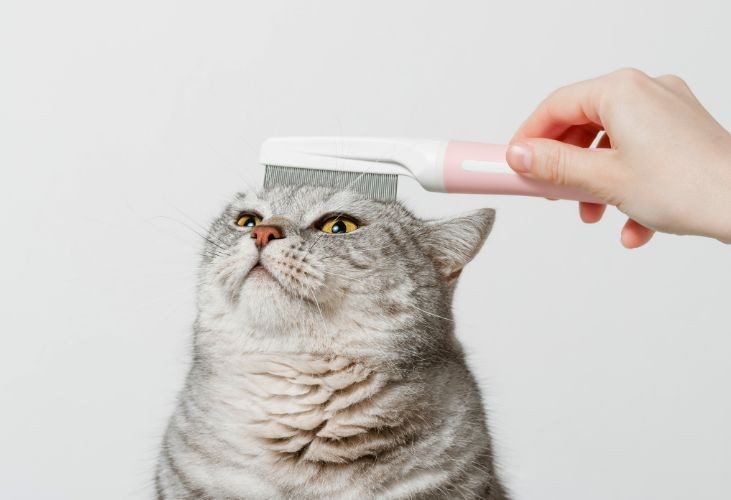
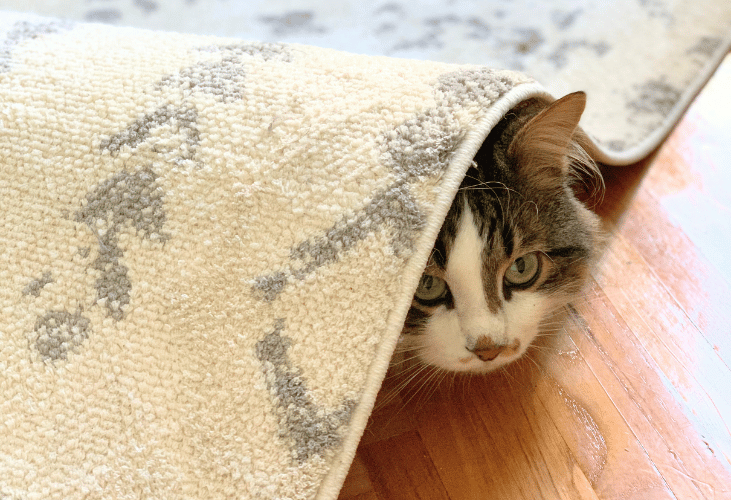
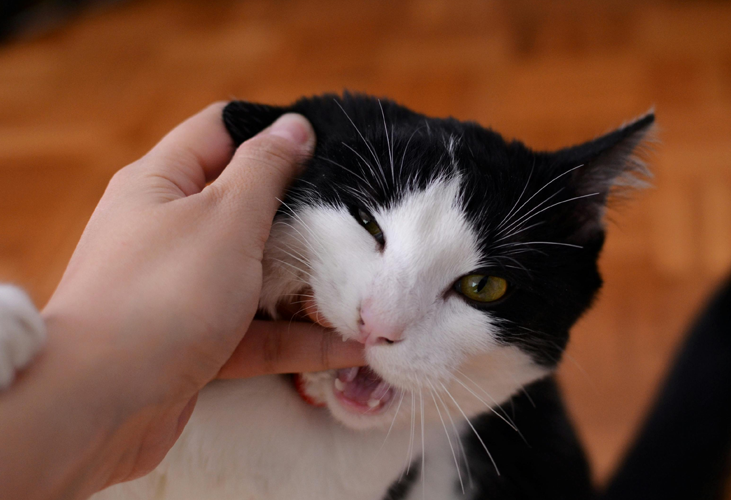
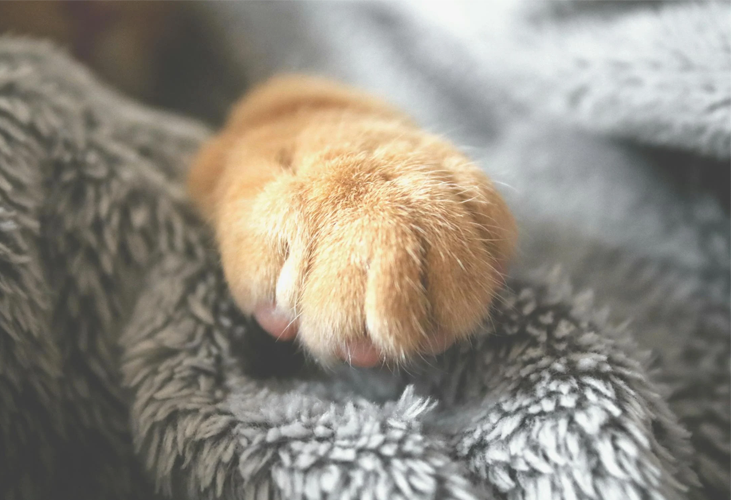

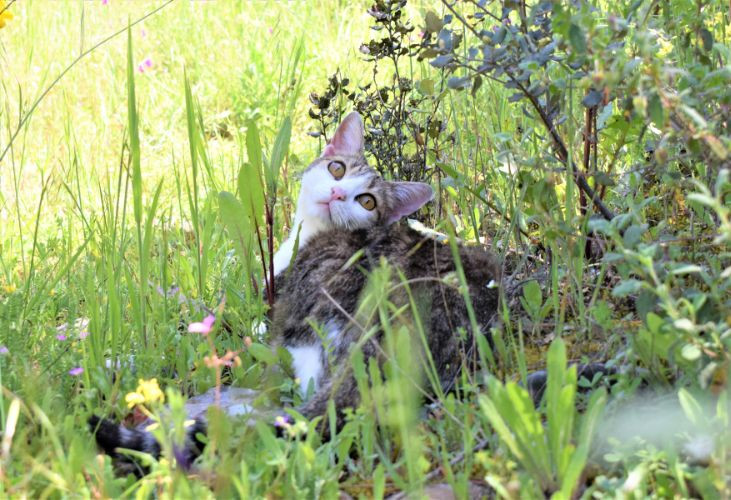
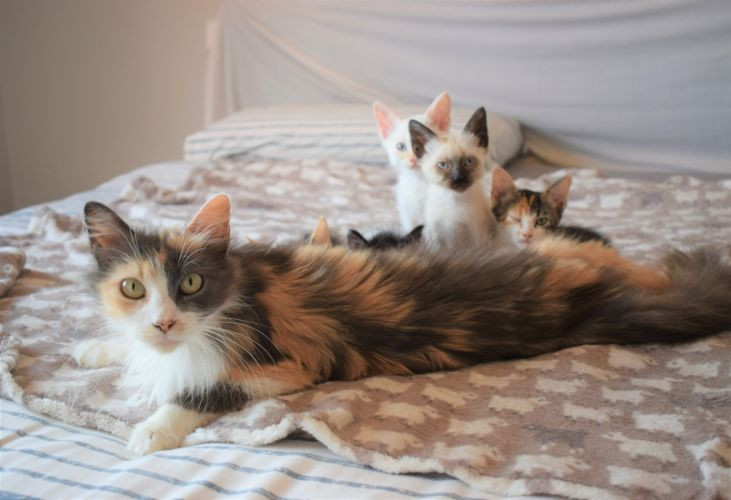
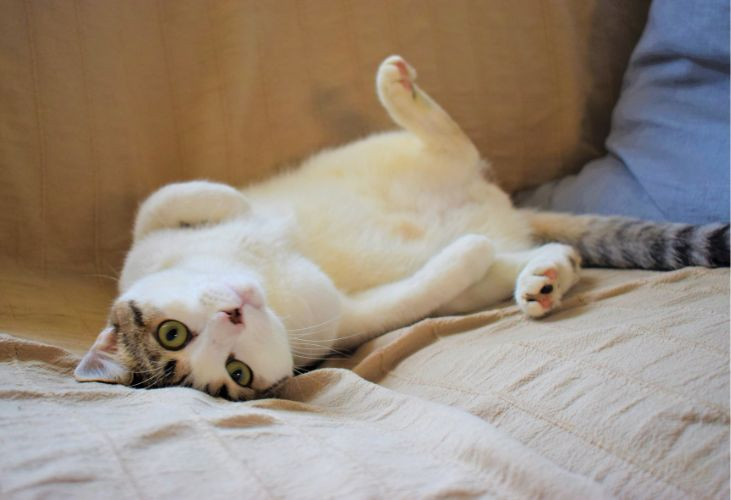
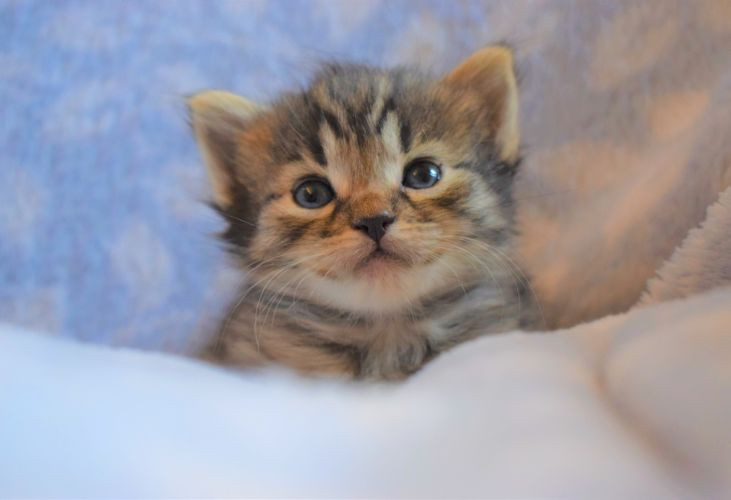

Leave a comment